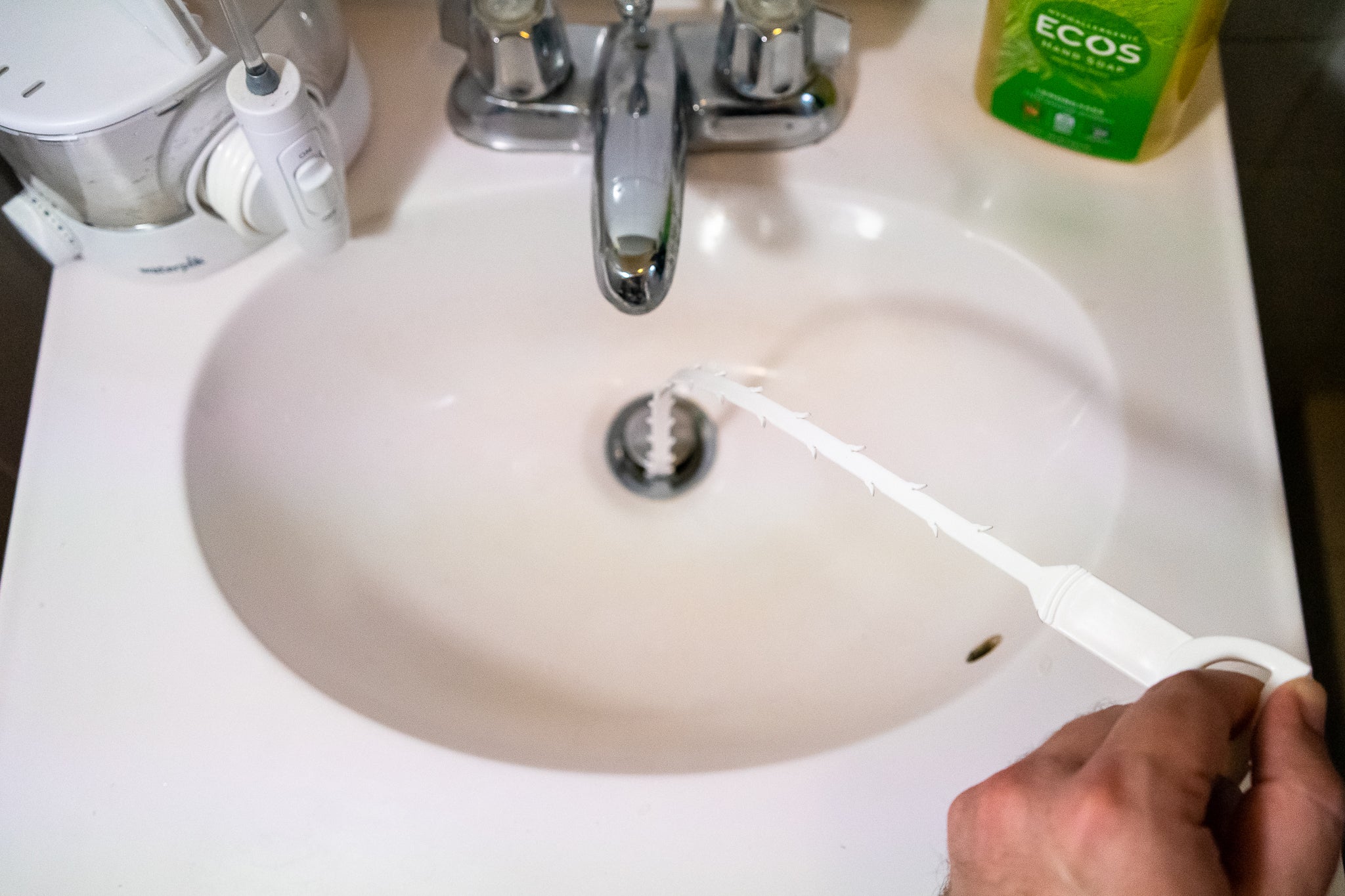

Articles
How To Unclog A Sink Without A Plunger
Modified: February 25, 2024
Learn how to unclog a sink without a plunger with these informative articles. Find quick and effective solutions for clearing your clogged sink.
(Many of the links in this article redirect to a specific reviewed product. Your purchase of these products through affiliate links helps to generate commission for Storables.com, at no extra cost. Learn more)
Introduction
Clogged sinks can be a major inconvenience in any home. Whether it’s a kitchen sink or a bathroom sink, a clog can disrupt your daily routine and cause frustration. While a plunger is often the go-to tool for unclogging a sink, it’s not always readily available or effective. Fortunately, there are alternative methods that you can try to unclog a sink without a plunger.
In this article, we will explore several techniques that can help you clear a clogged sink using everyday household items. These methods are safe, easy to implement, and can save you from the hassle of calling a professional plumber.
Before we dive into the different methods, it’s important to note that prevention is key when it comes to avoiding sink clogs. Always remember to avoid pouring grease, oil, coffee grounds, and other food particles down the drain. Additionally, using a drain strainer can help catch larger debris and prevent it from causing clogs in the first place.
Now, let’s explore various methods you can use to unclog a sink without a plunger.
Key Takeaways:
- Say goodbye to sink clogs! From hot water and dish soap to a wire hanger, these DIY methods can unclog your sink without a plunger. Prevention is key, so remember to dispose of grease properly and use drain strainers.
- Don’t let a clogged sink ruin your day. With baking soda and vinegar or a wet-dry vacuum, you can tackle the problem without a plunger. Just be cautious and patient, and consider professional help if needed.
Read more: How To Unclog A Sink Without A Plunger
Method 1: Hot Water and Dish Soap
This simple yet effective method can work wonders in unclogging a sink. Here’s how to do it:
- Start by removing any standing water from the sink using a cup or bucket. Make sure the sink is as empty as possible.
- Fill a kettle or pot with water and bring it to a boil.
- Add a generous amount of dish soap to the clogged drain. Dish soap acts as a lubricant and can help dissolve grease and other substances causing the clog.
- Carefully pour the boiling water into the drain, allowing it to flow down. The hot water will help break down the clog and wash it away.
- Let the hot water and dish soap mixture sit in the drain for a few minutes.
- Finally, run hot tap water to flush out any remaining debris and ensure the sink is unclogged.
This method is particularly effective for mild to moderate clogs caused by grease or food particles. The hot water helps soften and dissolve the clog while the dish soap acts as a lubricant, making it easier for the clog to move through the pipe.
It’s important to note that this method may not be as effective for more severe clogs or clogs caused by objects stuck in the drain. If the clog persists after attempting this method, you may need to try a different approach.
Method 2: Baking Soda and Vinegar
Baking soda and vinegar are a powerful combination that can help break down clogs and unclog a sink without a plunger. Here’s how to use them:
- Start by removing any standing water from the sink using a cup or bucket.
- Pour about 1/2 cup of baking soda into the clogged drain. Make sure to distribute it as evenly as possible.
- Follow the baking soda with 1/2 cup of vinegar. The vinegar will react with the baking soda, creating a fizzing reaction that helps break down the clog.
- Cover the drain with a plug or a cloth to prevent the mixture from escaping.
- Let the baking soda and vinegar mixture sit in the drain for at least 30 minutes. During this time, the fizzing action helps to loosen and dissolve the clog.
- After the 30-minute wait, remove the cover and flush the drain with hot water. This will help wash away any remaining debris and unclog the sink.
This method is particularly effective for clogs caused by a buildup of hair, soap scum, or small food particles. The chemical reaction between the baking soda and vinegar helps to break down these substances, allowing them to be easily washed away by the hot water.
It’s important to note that this method may not be as effective for more stubborn or severe clogs. In such cases, you may need to repeat the process or try a different method.
Method 3: Salt and Boiling Water
If you’re looking for a simple and natural way to unclog your sink without a plunger, this method using salt and boiling water can be highly effective. Follow these steps:
- First, remove any standing water from the sink using a cup or bucket.
- Pour about half a cup of salt directly into the drain. The coarse texture of the salt helps to break up the clog by scrubbing the walls of the pipes.
- Allow the salt to sit in the drain for a few minutes, giving it time to absorb moisture and start breaking down the clog.
- Meanwhile, boil a kettle or pot of water.
- Pour the boiling water into the drain slowly, allowing it to wash away the dissolved clog.
- Repeat the process if necessary, especially for stubborn clogs.
This method is particularly effective for clogs caused by buildup of grease, soap scum, and debris. The combination of salt and boiling water helps to soften and dissolve the clog, allowing it to easily pass through the pipes.
However, keep in mind that this method may not be suitable for all types of pipes, especially if they are made of plastic or sensitive materials. Salt can be abrasive and may damage certain kinds of pipes. If you’re unsure or have concerns about your plumbing, it’s best to consult a professional plumber.
Pour a mixture of 1 cup baking soda and 1 cup vinegar down the drain, followed by hot water. Let it sit for 5-10 minutes, then flush with hot water to clear the clog.
Method 4: Wire Hanger
If you’re dealing with a stubborn clog that won’t budge, using a wire hanger can help dislodge the blockage and unclog your sink. Here’s how to do it:
- Straighten out a wire hanger, leaving the hook intact at one end. Make sure the hanger is long enough to reach the clog in the drain.
- Bend the hooked end of the hanger to create a small hook-like shape.
- Remove any standing water from the sink using a cup or bucket.
- Insert the hooked end of the wire hanger into the drain and start maneuvering it gently. Use a twisting and pushing motion to break up the clog and hook onto any debris.
- Once you feel resistance or encounter the clog, carefully pull out the hanger, bringing the clog with it.
- Dispose of the debris properly, and run hot water to ensure that the sink is completely unclogged.
This method is particularly effective for clogs caused by hair or other solid materials that have accumulated in the drain. The wire hanger acts as a makeshift plumbing snake, allowing you to physically remove the obstruction.
It’s important to exercise caution while using this method so as not to damage the pipes. Avoid using excessive force or pushing too forcefully to prevent any potential harm to the plumbing system.
If the clog is difficult to reach or you’re unsure about using a wire hanger, it’s best to seek the assistance of a professional plumber.
Read more: How To Unclog A Sink With A Plunger
Method 5: Wet-Dry Vacuum
If you have access to a wet-dry vacuum cleaner, it can be a highly effective tool for unclogging a sink without a plunger. Here’s how you can use a wet-dry vacuum to clear the clog:
- Start by removing any standing water from the sink using a cup or bucket.
- Switch your wet-dry vacuum to the wet setting, or if it has adjustable settings, set it to a lower power level appropriate for liquids.
- Seal the end of the vacuum hose around the drain opening, ensuring a tight and secure fit.
- Power on the vacuum and allow it to create suction around the drain.
- Hold the vacuum hose in place for a few minutes to allow it to draw out any clogs or debris.
- Slowly lift the vacuum hose upward, removing it from the drain and examining if any clogs were successfully sucked out.
- If the clog persists, you can repeat the process or try a different method.
This method is particularly effective for removing clogs caused by solid objects or heavier debris. The strong suction power of the wet-dry vacuum can dislodge and remove stubborn clogs from the sink drain.
However, it’s important to check the manufacturer’s instructions for your specific vacuum model and ensure it is designed for wet use. Improper use of the vacuum or using a vacuum that is not intended for wet conditions can result in damage to the vacuum or pose safety risks.
If you’re unsure about using a wet-dry vacuum or don’t have one available, it’s advisable to seek the help of a professional plumber.
Method 6: Boiling Water
Sometimes, the simplest methods are the most effective. Using boiling water to unclog a sink is a straightforward and easy technique that can provide quick results. Here’s how to do it:
- Remove any standing water from the sink using a cup or bucket.
- Heat a kettle or pot of water until it reaches a rolling boil.
- Carefully pour the boiling water into the clogged drain in a slow and steady stream.
- Allow the hot water to work its way through the clog, breaking it up and clearing the obstruction.
- Repeat the process if necessary, especially for more stubborn clogs.
This method is particularly effective for clogs caused by substances that can be easily dissolved or loosened by hot water, such as soap scum or grease buildup.
However, caution must be exercised when using boiling water, as it can potentially cause damage to certain types of pipes or plumbing fixtures. It’s important to ensure that your sink is made of materials that can withstand high temperatures. If you have any concerns or uncertainties, it’s best to consult a professional plumber.
It’s also worth noting that while boiling water can be effective in certain cases, it may not be as effective for more severe or stubborn clogs. If the clog persists after attempting this method, you may need to try a different approach or seek professional assistance.
Conclusion
Dealing with a clogged sink can be a frustrating experience, but with these alternative methods, you can unclog your sink without the need for a plunger. From using hot water and dish soap to employing baking soda and vinegar, salt and boiling water, a wire hanger, a wet-dry vacuum, or simply boiling water, there are several effective techniques to choose from.
It’s important to remember that prevention is key to avoiding clogs in the first place. Simple habits like disposing of grease properly and using drain strainers can go a long way in preventing future clogs and maintaining the proper functioning of your sink.
While these methods provide practical solutions, it’s crucial to approach each technique with caution and assess the nature of the clog and the materials used in your plumbing system. If you have any doubts or concerns, it’s always best to consult with a professional plumber to avoid any potential damage or safety risks.
By utilizing these methods, you can save time, money, and hassle by unclogging your sink on your own. Remember to follow the steps carefully, be patient, and if one method doesn’t work, don’t be discouraged—try another method or consider seeking professional help if needed.
With these alternative methods at your disposal, you’ll be better equipped to handle sink clogs without the need for a plunger, ensuring the smooth operation of your plumbing and the convenience of a fully functional sink.
Frequently Asked Questions about How To Unclog A Sink Without A Plunger
Was this page helpful?
At Storables.com, we guarantee accurate and reliable information. Our content, validated by Expert Board Contributors, is crafted following stringent Editorial Policies. We're committed to providing you with well-researched, expert-backed insights for all your informational needs.
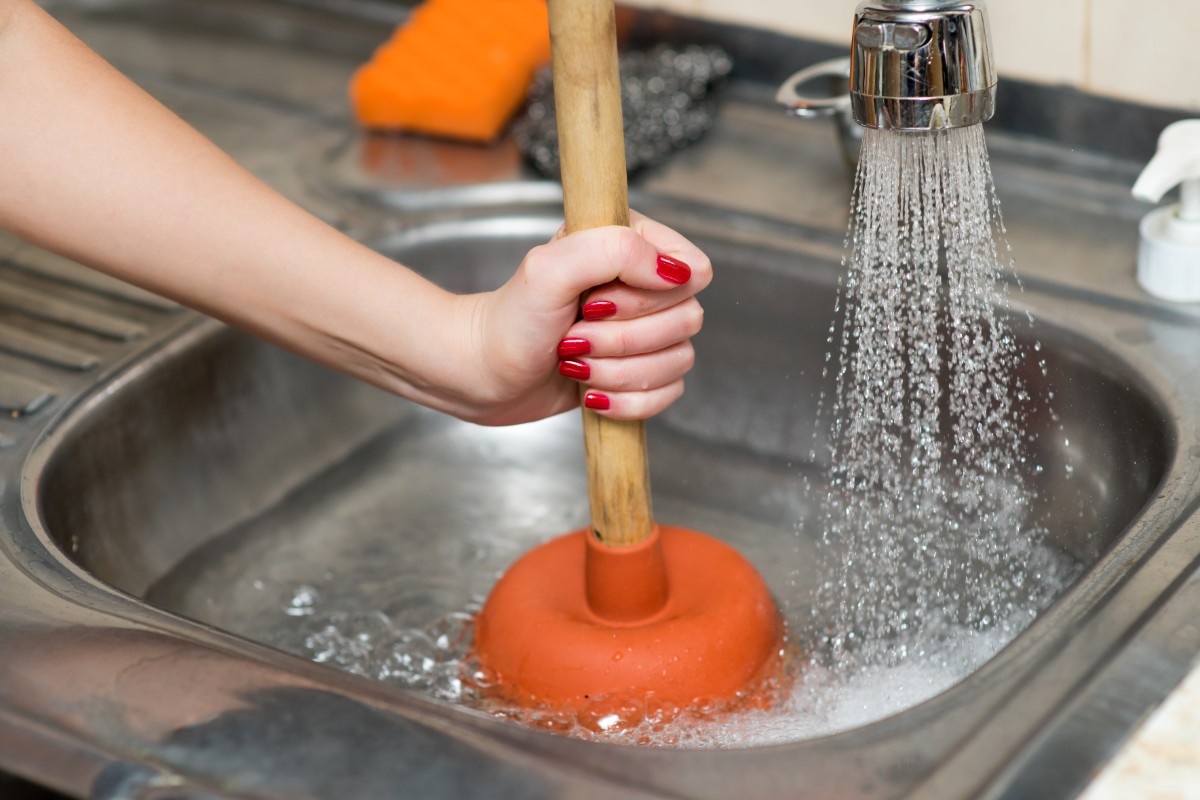
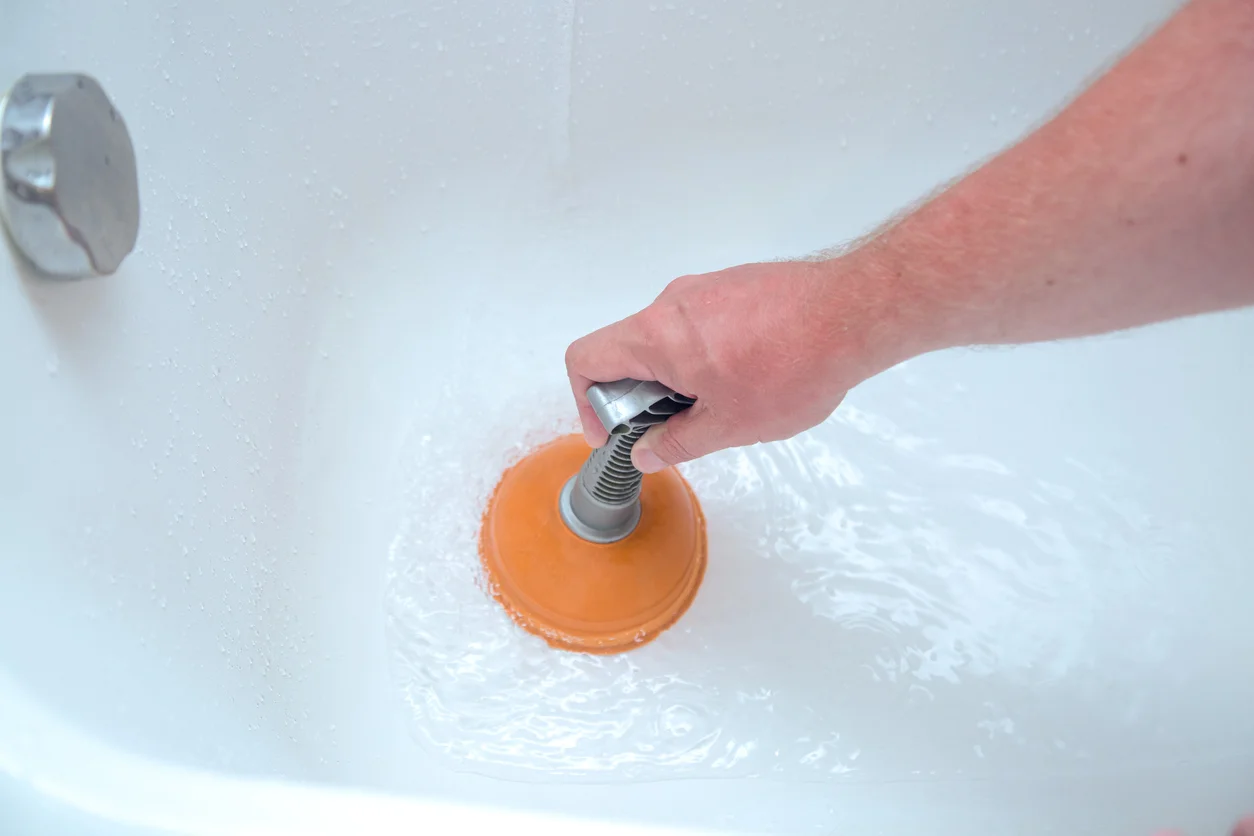
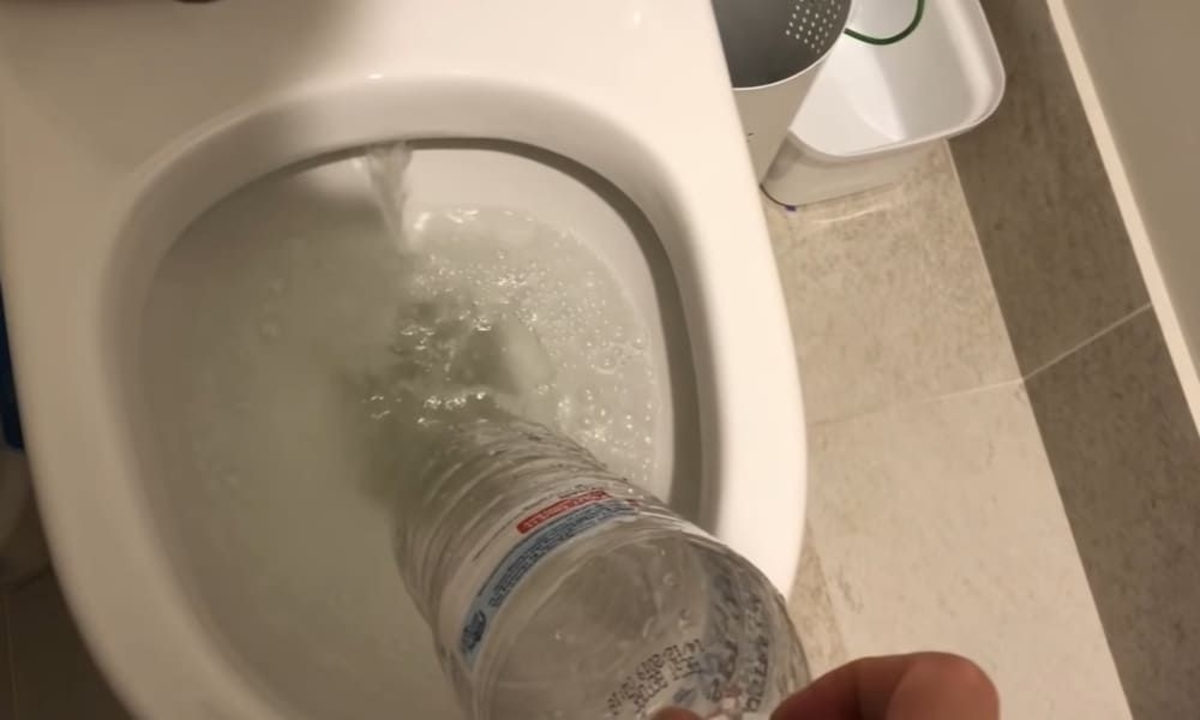
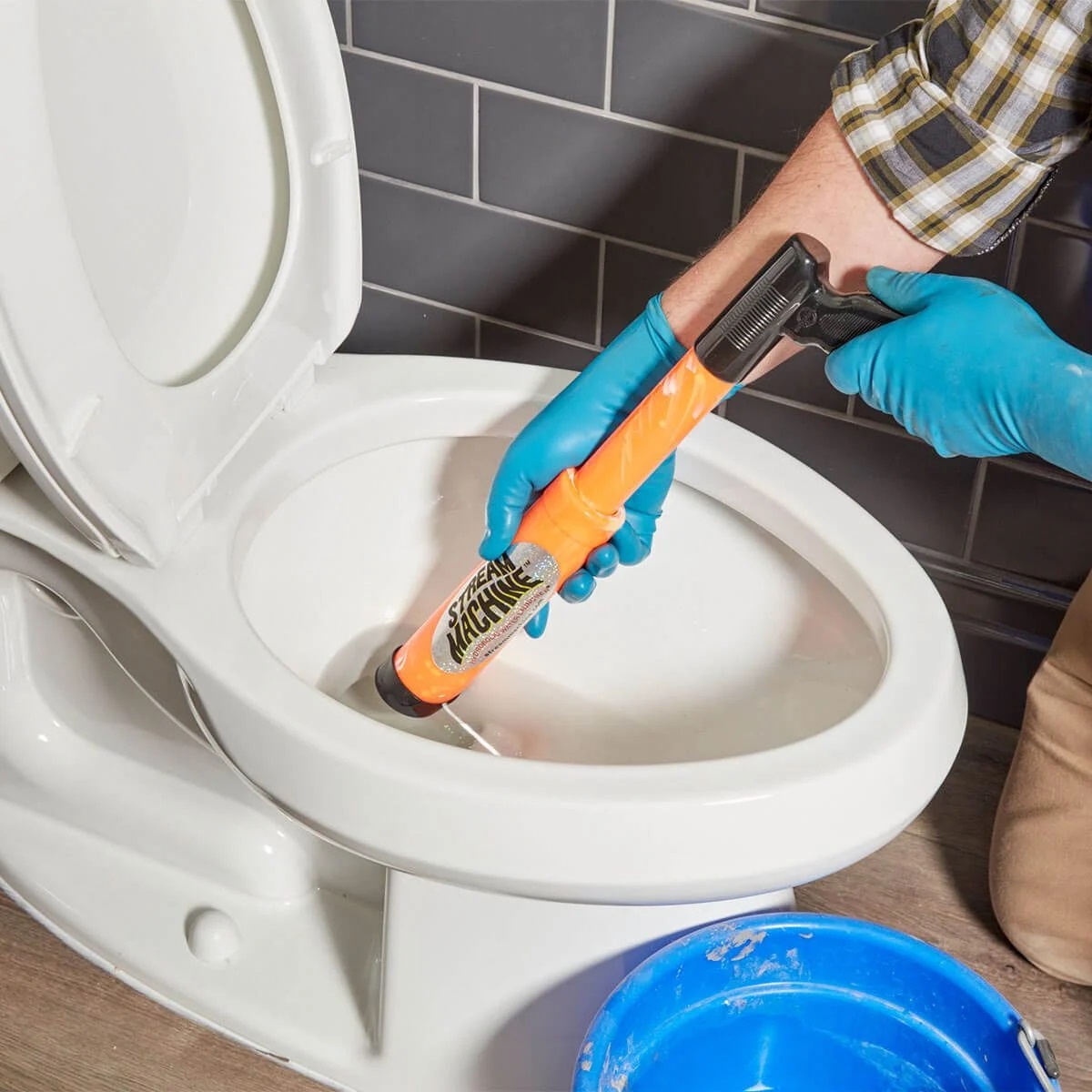
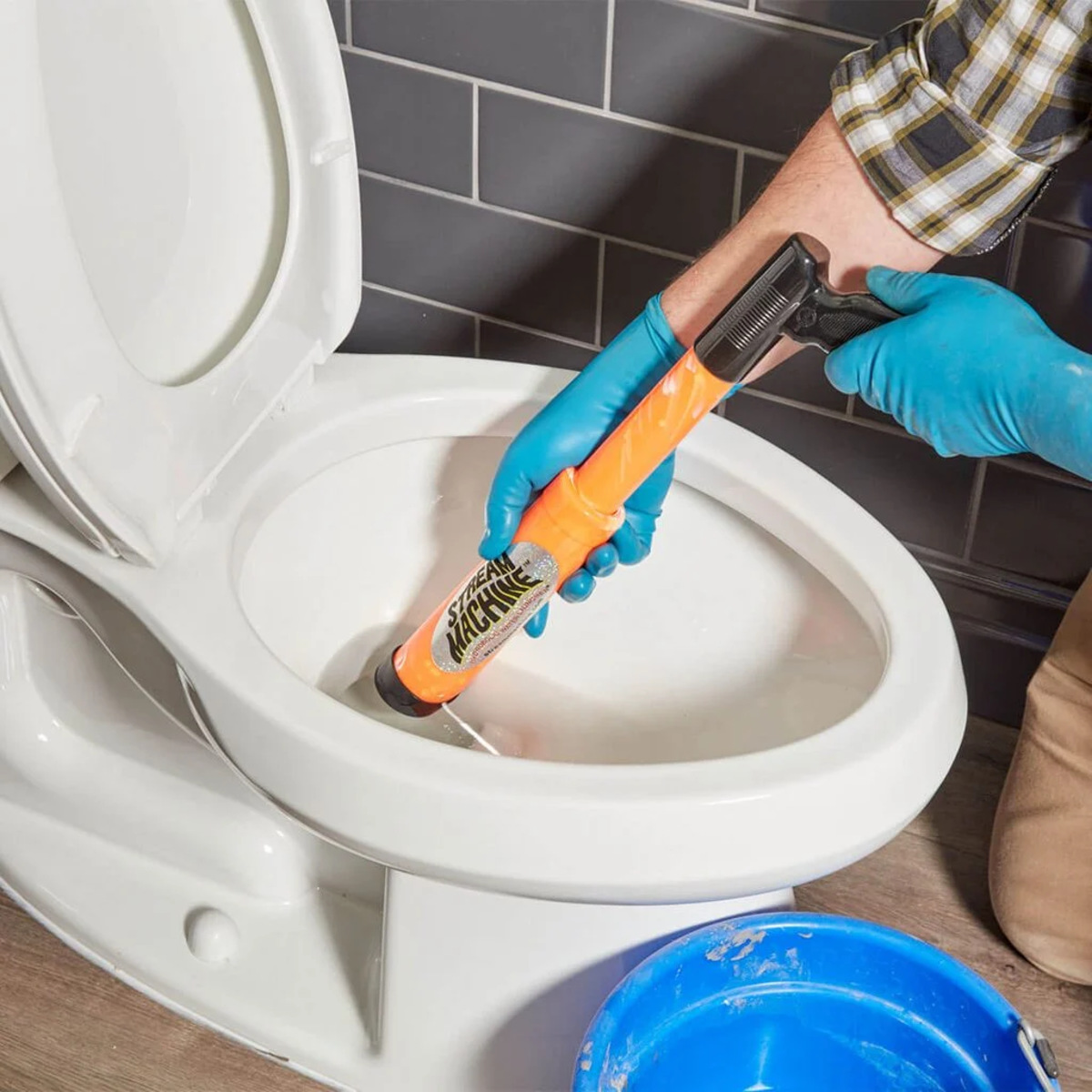
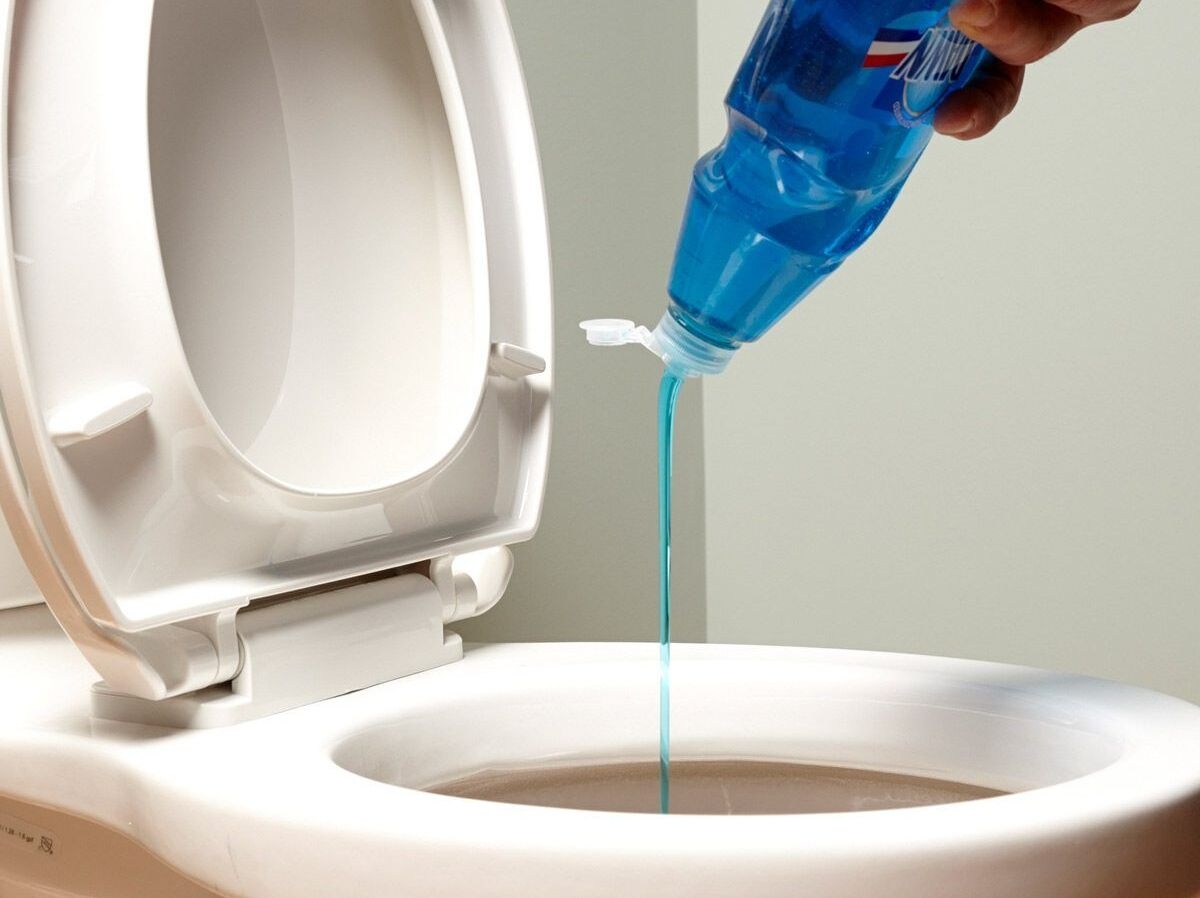
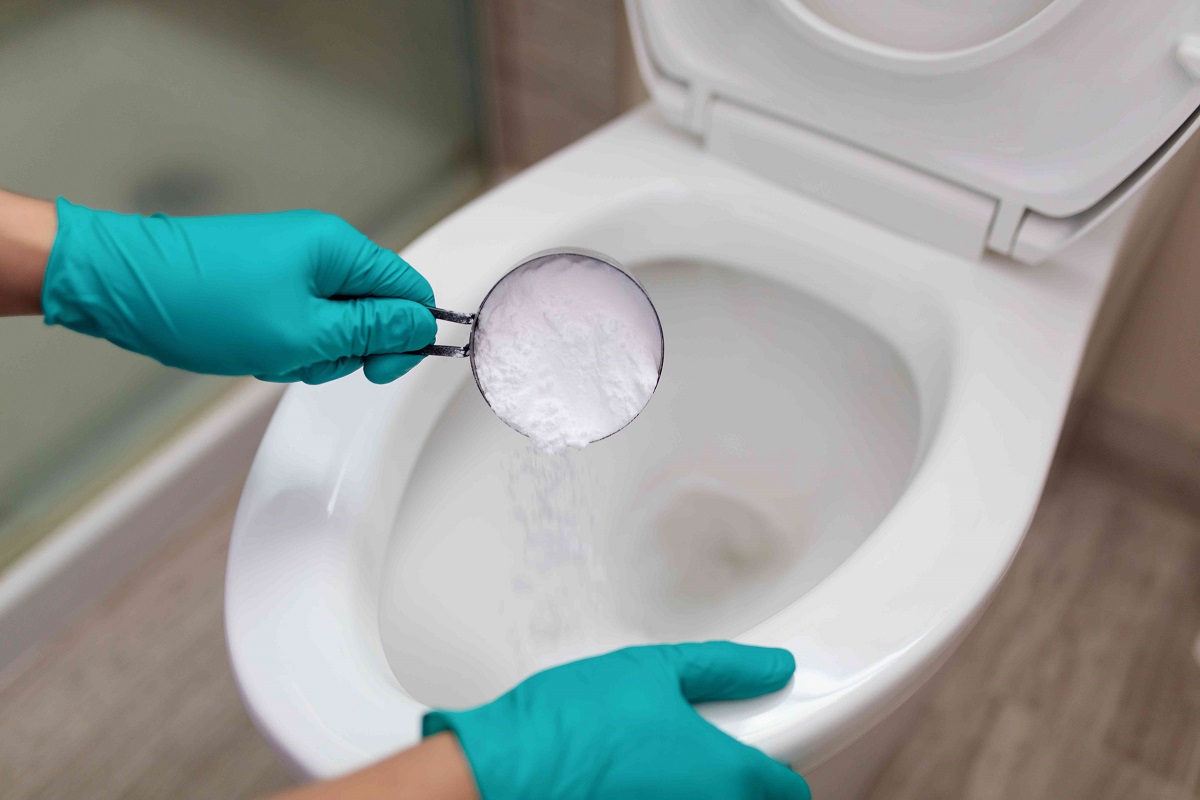
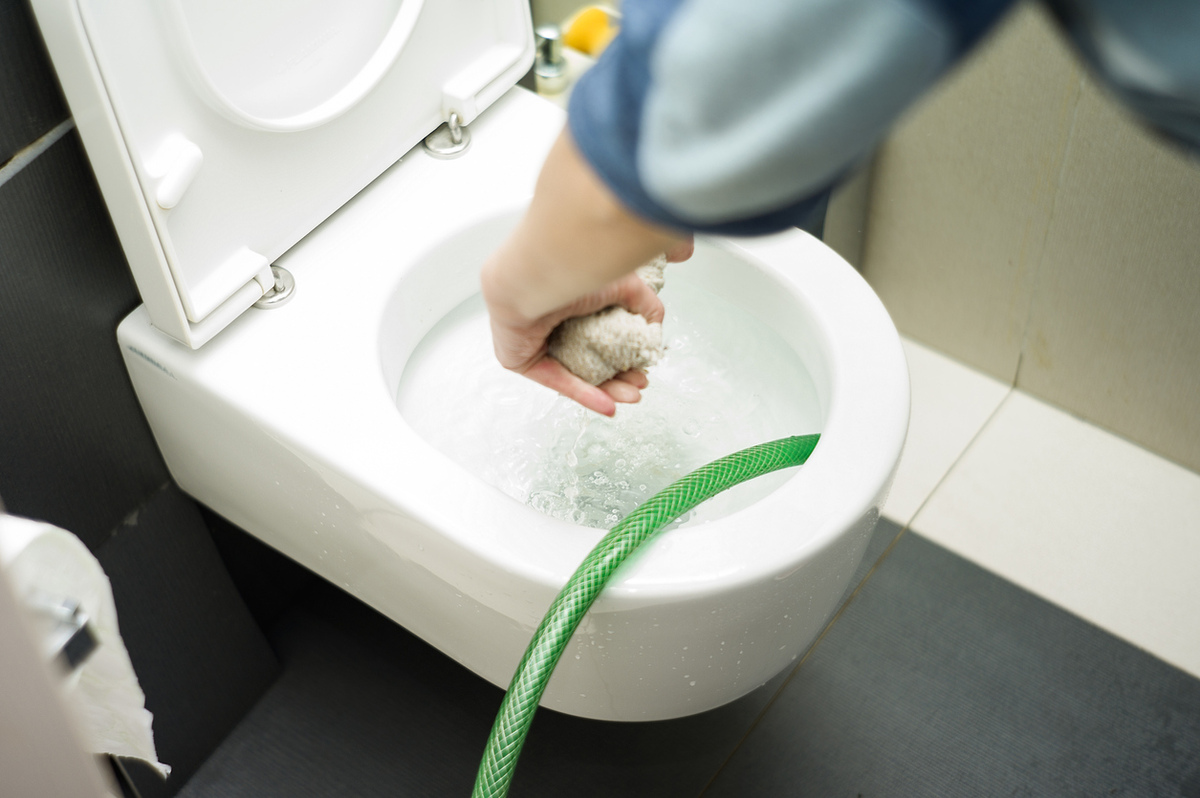
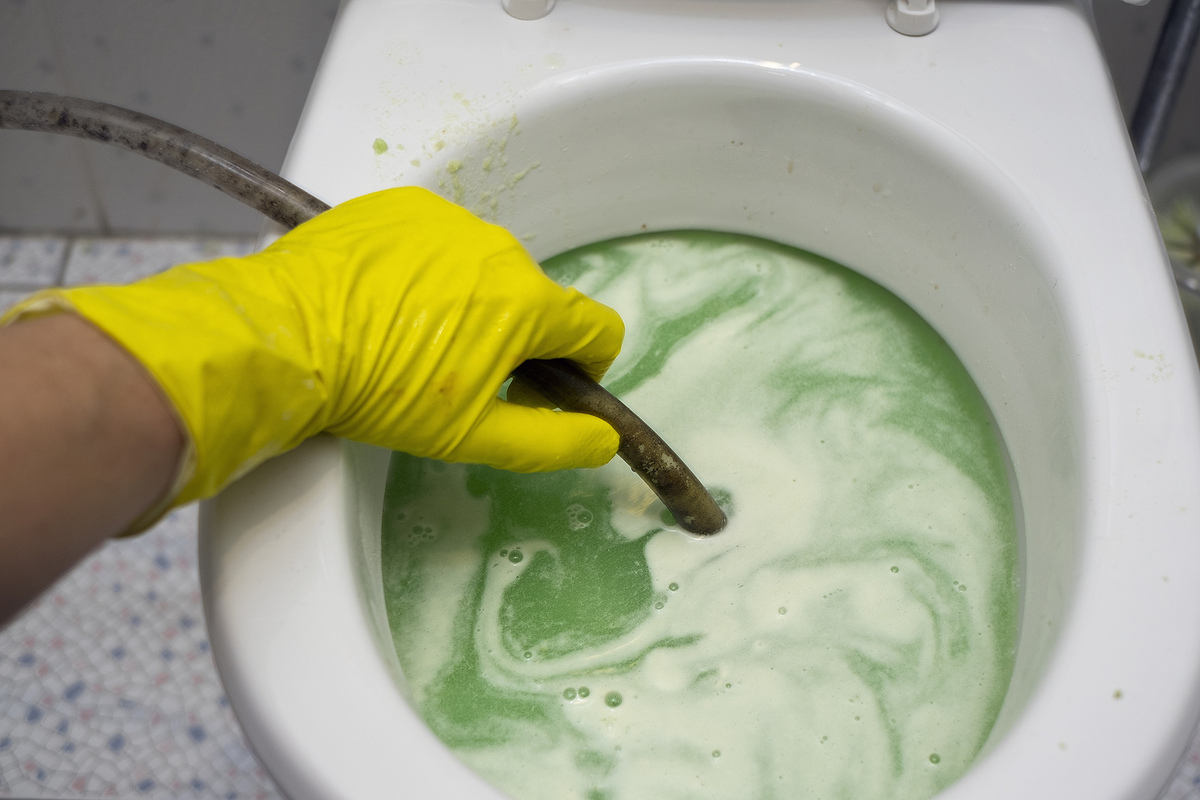
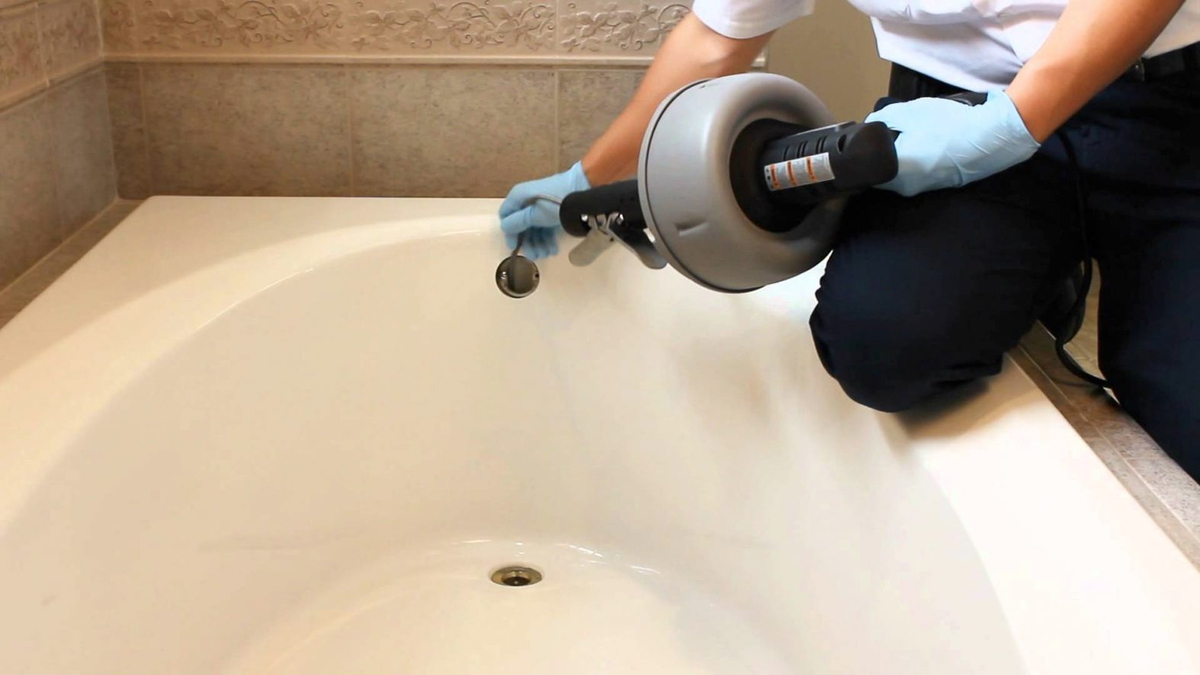
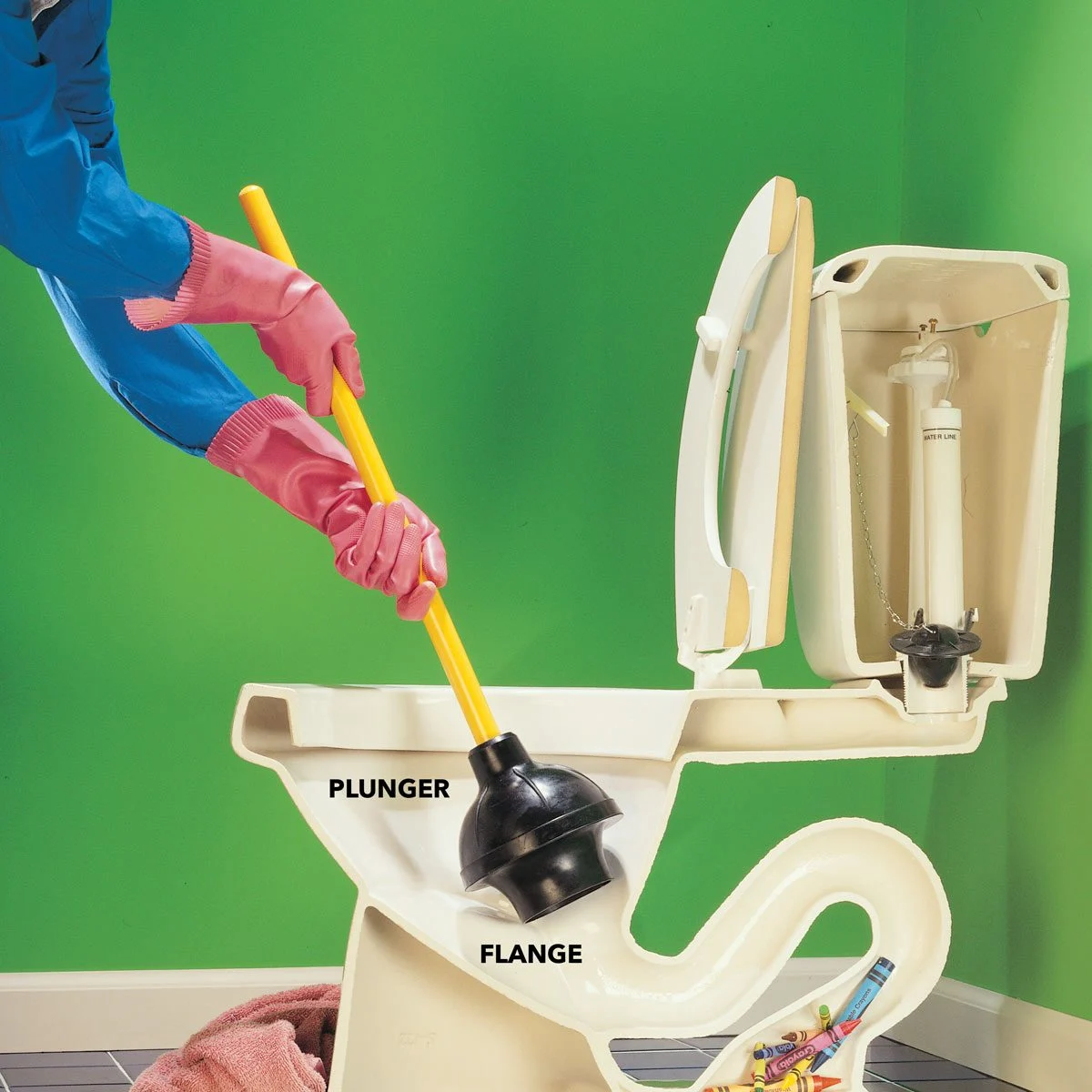
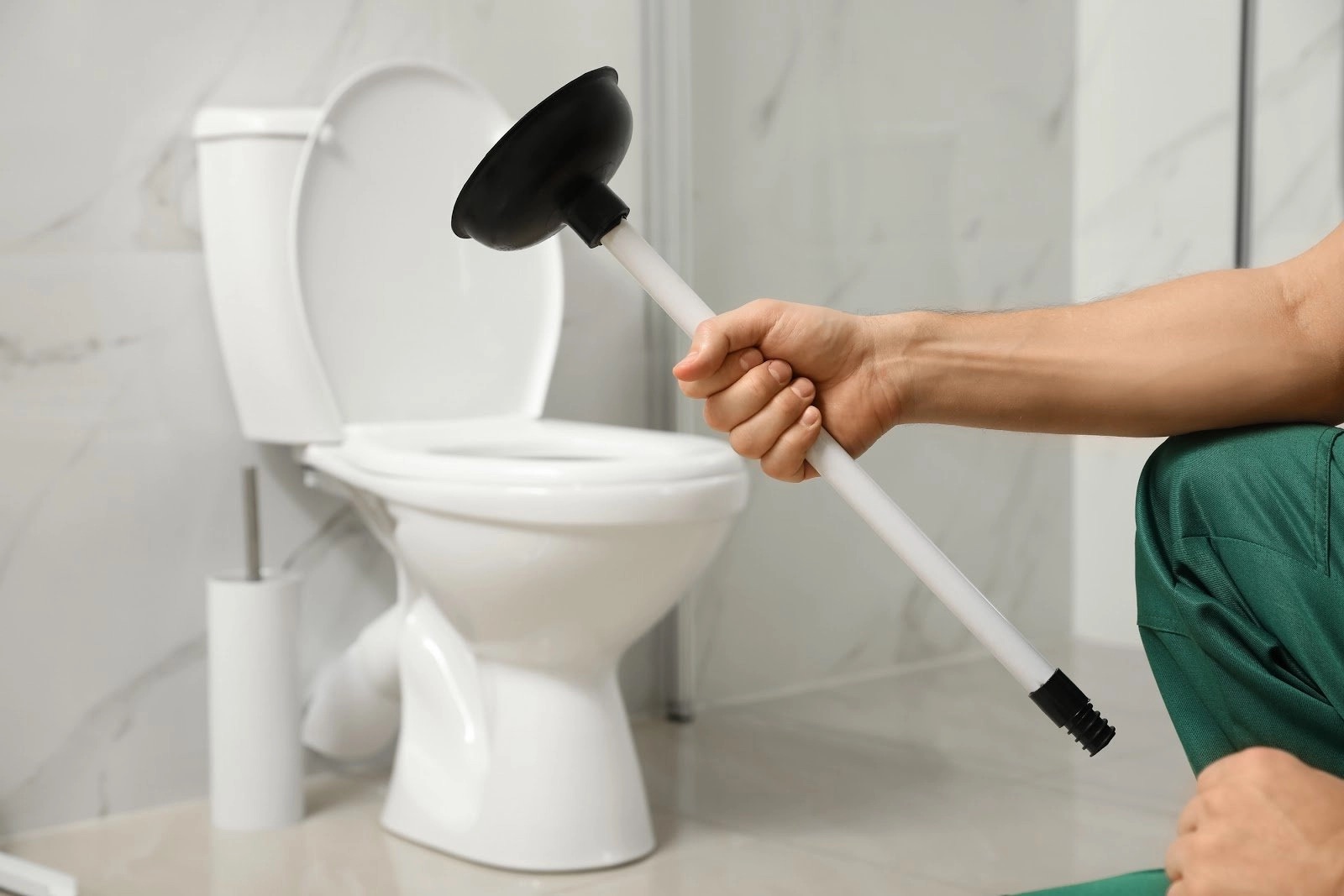
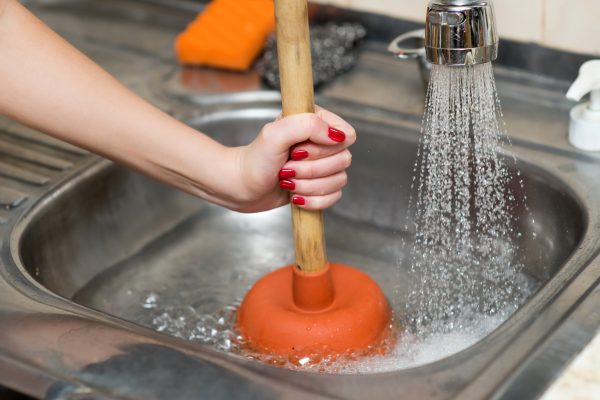
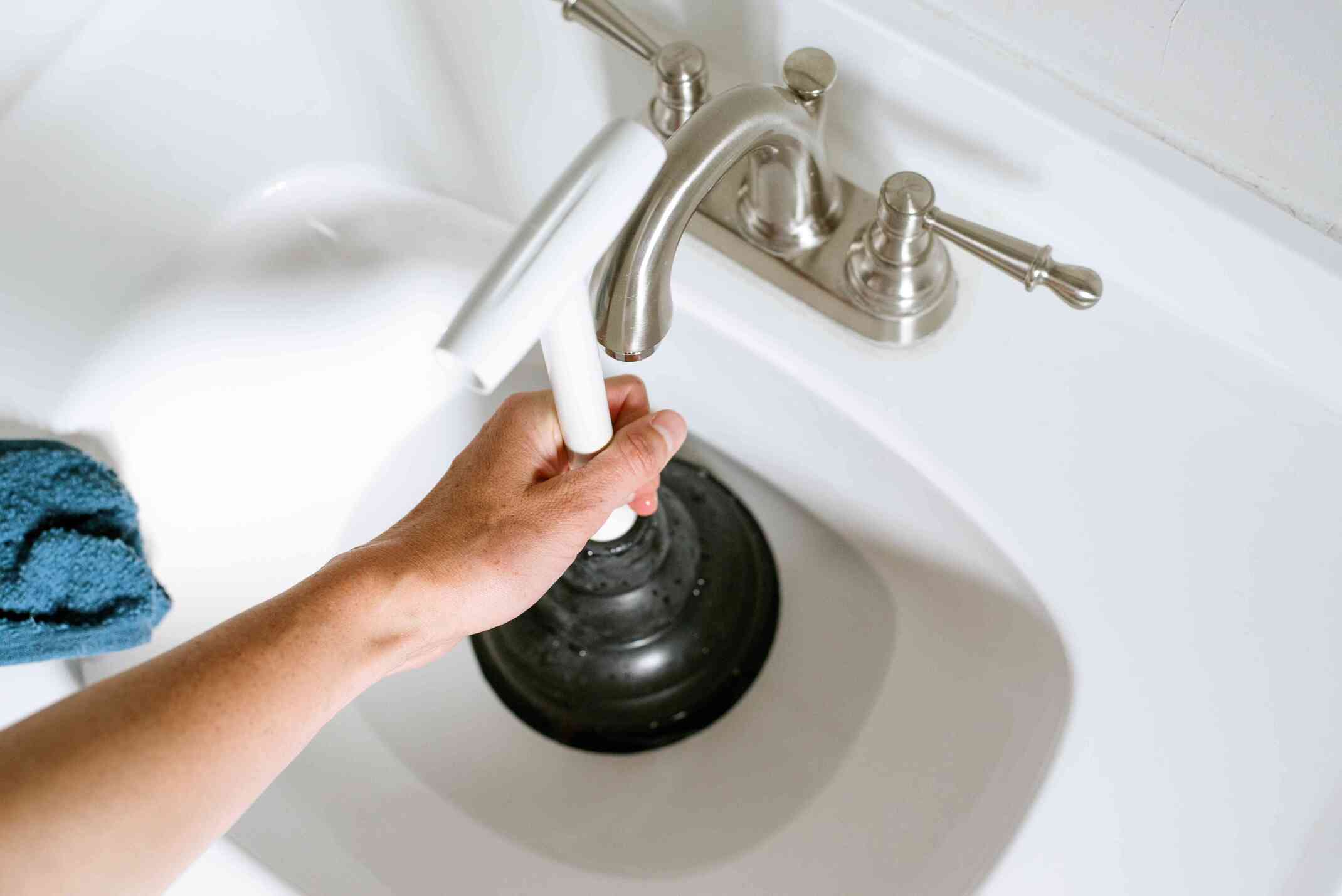

0 thoughts on “How To Unclog A Sink Without A Plunger”